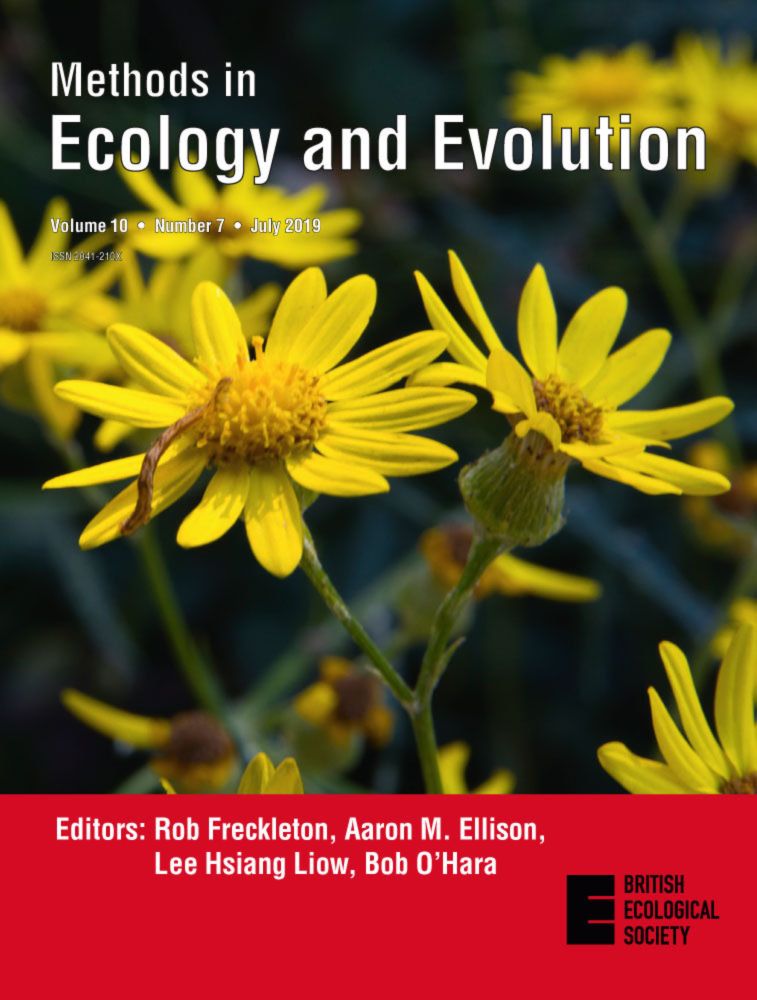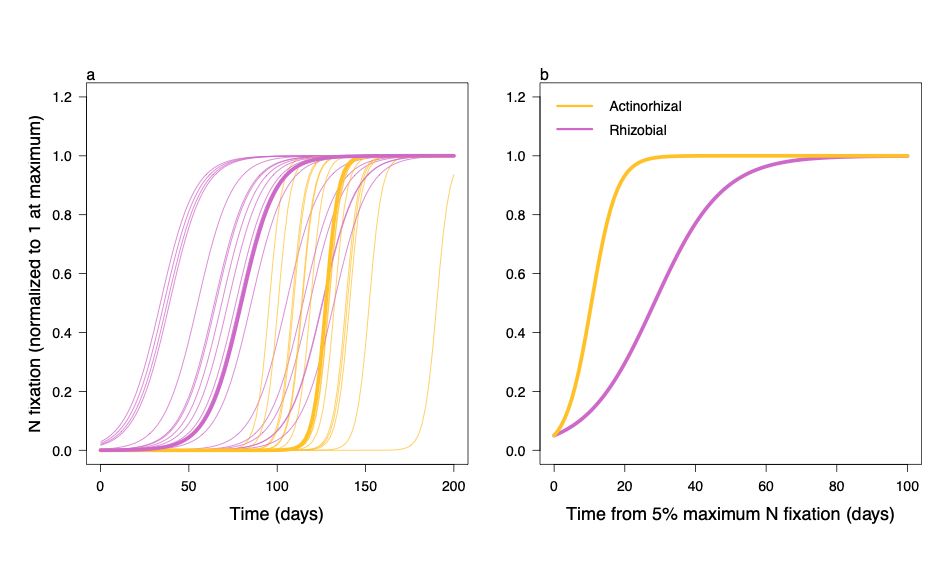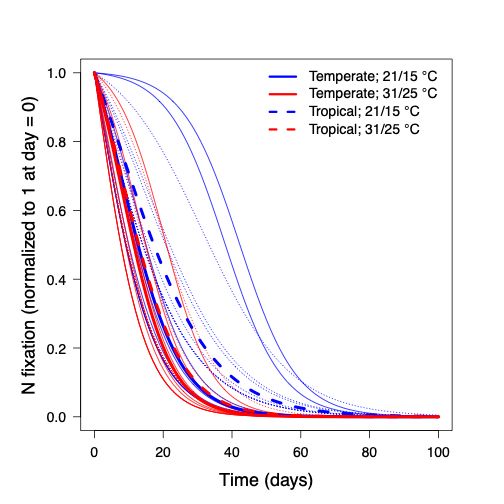Thomas Bytnerowicz
@bytnerowicz.bsky.social
Postdoctoral Associate at University of Florida
Plant ecophysiology | N fixation | Forest dynamics | Land surface modeling | Global change
https://tbytnerowicz.weebly.com
Plant ecophysiology | N fixation | Forest dynamics | Land surface modeling | Global change
https://tbytnerowicz.weebly.com
We applied a novel method that we previously developed to measure N fixation in individual plants over the course of several weeks after inducing a drastic change in soil N supply. This method makes non-destructive measurements at the whole-symbiosis scale. doi.org/10.1111/2041...

Repeatable, continuous and real‐time estimates of coupled nitrogenase activity and carbon exchange at the whole‐plant scale
Symbiotic nitrogen fixation (SNF) by higher plants and their bacterial symbionts is a globally important input of nitrogen. Our understanding of the mechanisms that control SNF and the time-scales...
doi.org
June 12, 2025 at 4:05 PM
We applied a novel method that we previously developed to measure N fixation in individual plants over the course of several weeks after inducing a drastic change in soil N supply. This method makes non-destructive measurements at the whole-symbiosis scale. doi.org/10.1111/2041...
Time lags in up-regulation varied by symbiotic type, with N fixation starting earlier in rhizobia symbioses but increasing faster once it started in actinorhizal symbioses.

June 12, 2025 at 4:05 PM
Time lags in up-regulation varied by symbiotic type, with N fixation starting earlier in rhizobia symbioses but increasing faster once it started in actinorhizal symbioses.
Time lags in down-regulation varied by growing temperature and biome of origin.

June 12, 2025 at 4:05 PM
Time lags in down-regulation varied by growing temperature and biome of origin.
Time lags are possibly long enough to hinder the competitive benefit of facultative N fixation and clearly long enough to cause high losses of plant-available N from forests with a relatively high abundance of N-fixing trees.
June 12, 2025 at 4:05 PM
Time lags are possibly long enough to hinder the competitive benefit of facultative N fixation and clearly long enough to cause high losses of plant-available N from forests with a relatively high abundance of N-fixing trees.

